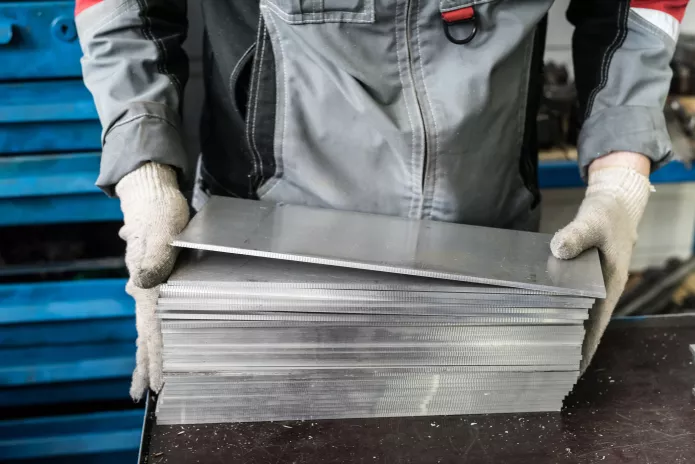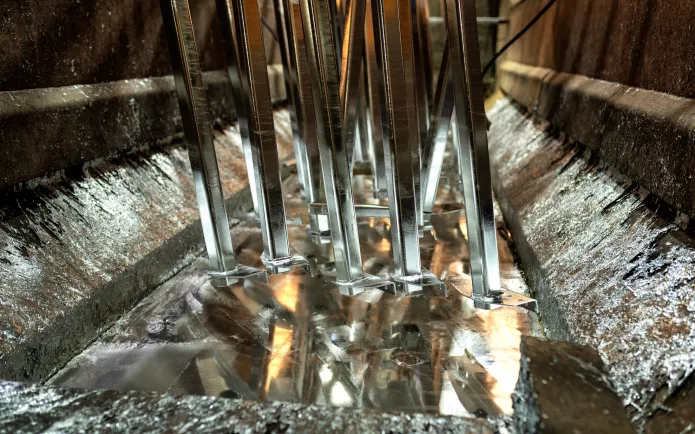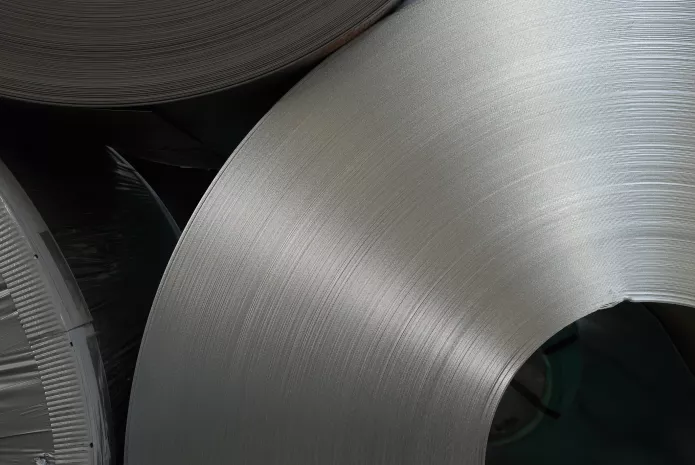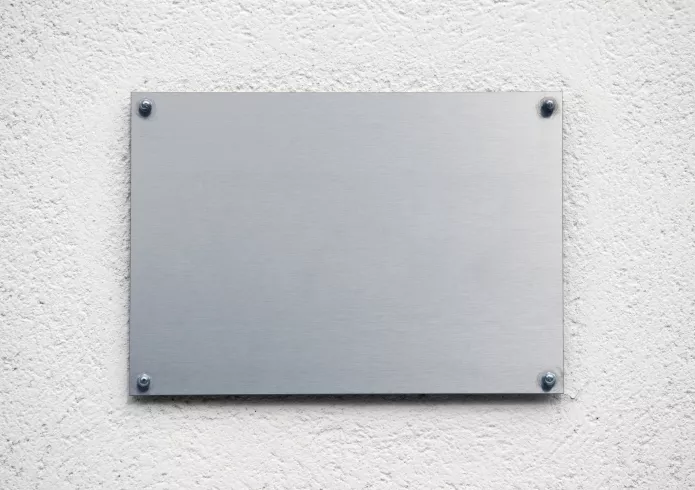
Austenitic steels
Austenitic steels contain 18 to 20% chrome and 8 to 10% nickel. The most used are types 18/8 or 18/10 (AISI 304). Thanks to its nickel content, this steel is the only type to guarantee TOTAL resistance to corrosion. This type of steel is used to manufacture high-end stainless steel cutlery such as the Signature and Classic collections.

Martensitic steel
Martensitic steel contains 10 to 18% chrome and can be tempered. It is the type of steel most commonly used to make knives (AISI 420 - 13 Cr). In fact, in order to obtain high quality knives, the blade must be tempered to guarantee a cutting edge that is effective and durable, without damaging earthenware or porcelain. However, this steel is the least resistant to corrosion, so it is not considered to be dishwasher safe.

Ferritic steel
Ferritic steel, called AISI 430, contains 16 to 18% chrome and cannot be tempered. It is more resistant to corrosion than martensitic steel and can be easily worked cold. AISI 430 is the steel used to manufacture the cutlery in the Young collection.
In order to reduce the risk of corrosion, ETERNUM uses a steel with a high chrome content (17-18%) for the Young collection.
All steels purchased by ETERNUM are rigorously checked and come with a Certificate of Analysis guaranteeing compliance with quality standards.
Furthermore, we use a spectrometer that enables us to monitor the composition of the steel, thus ensuring that the steel in the products that we make complies with international standards.
In specific terms, the machine is calibrated before each test, using a reference standard with precisely known and certified values.

Stainless steel
Stainless steels are alloys whose principal component is iron. They are made stainless thanks to an auto-protection mechanism which manifests in the presence of oxygen or an oxidising environment (ambient air).
Contrary to common steels where rust can penetrate the whole mass, stainless steels can form a layer of chromium oxide on their surface, which forms an obstacle to prevent penetration of oxidisation. This phenomenon, called “passivation”, can only occur when there is a sufficient chrome content.
In short, resistance to corrosion can only be maximised when there is a very fine protective passive film formed on the surface.
It is therefore essential for this protection to be renewed over time.